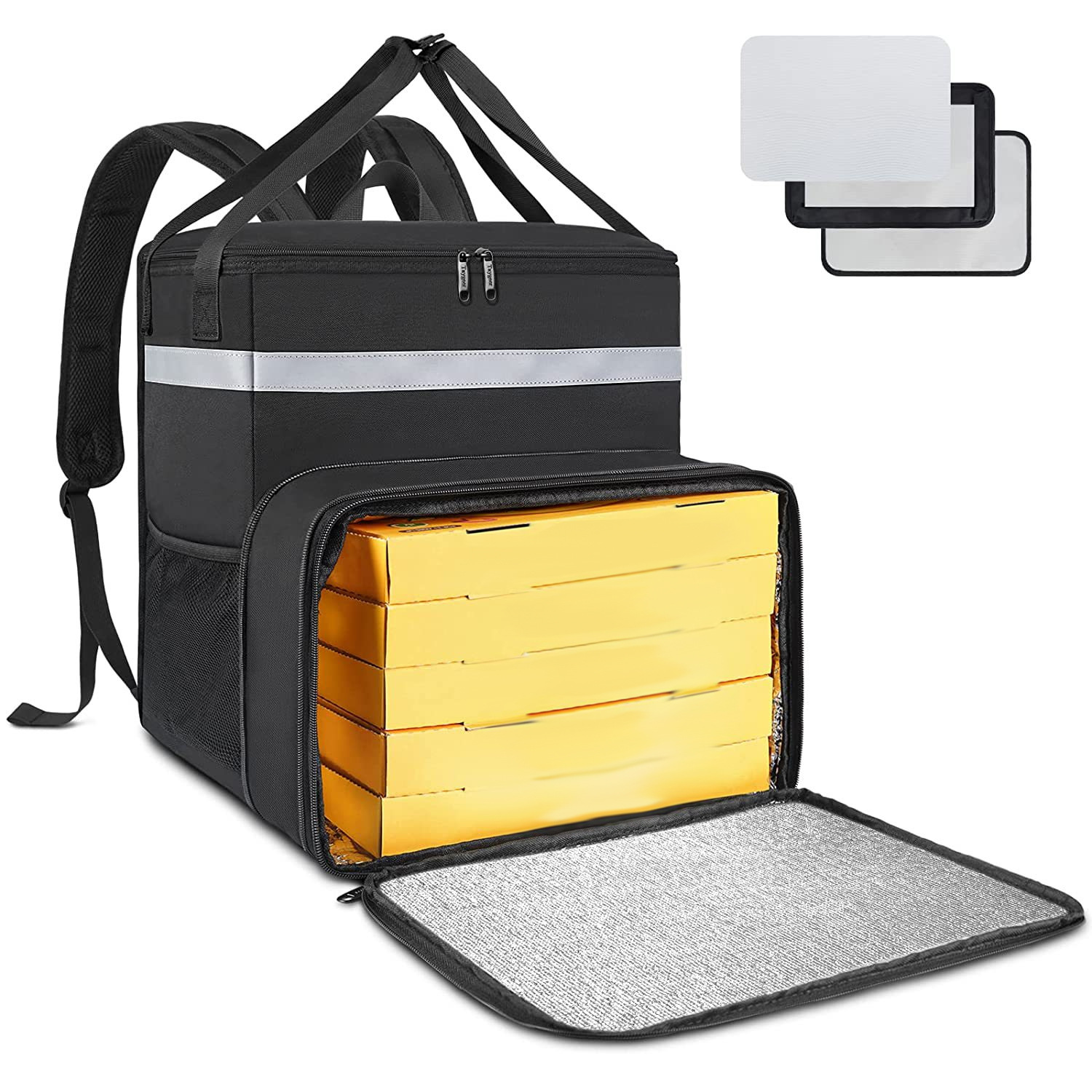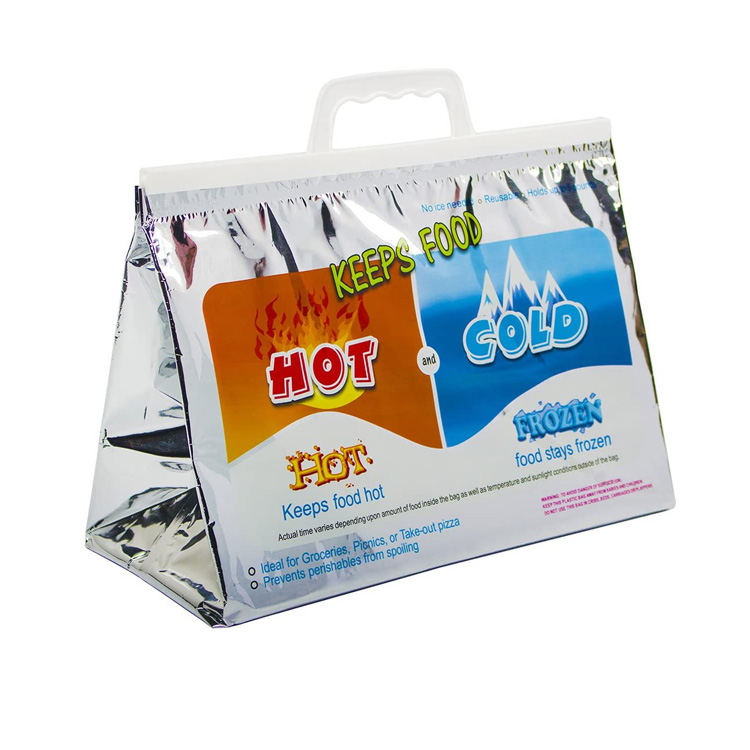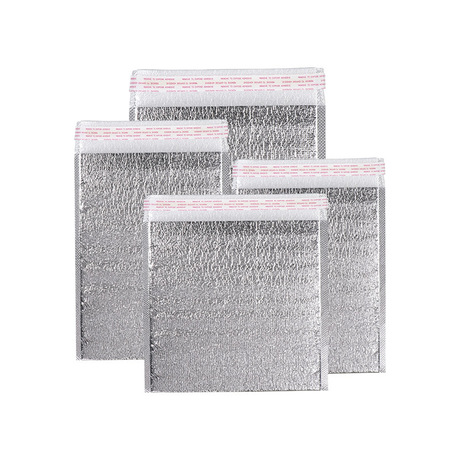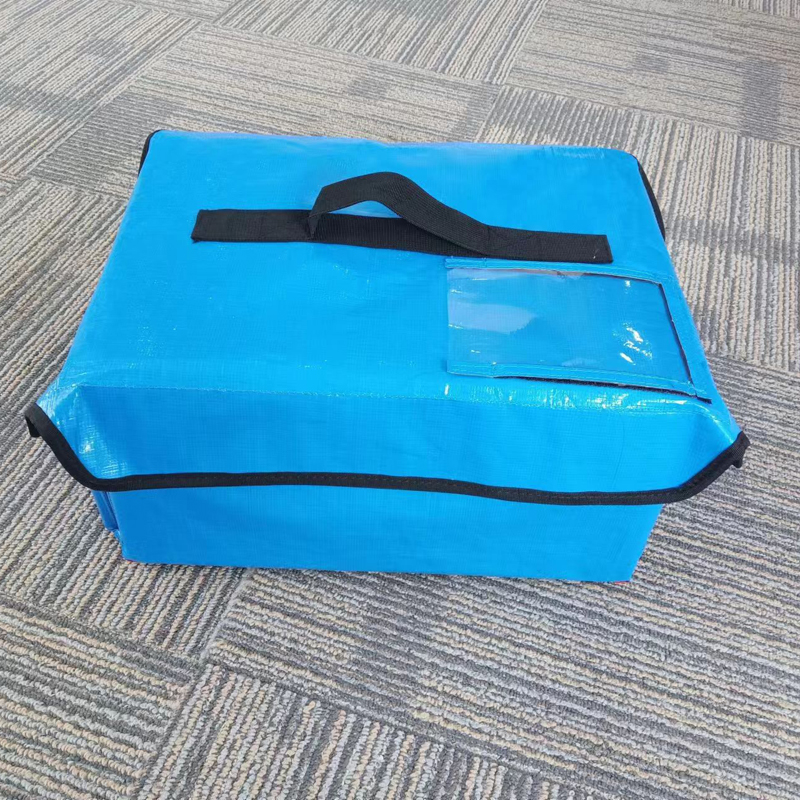Introduction
In today’s rapidly growing cold chain logistics industry, the demand for food safety and freshness has never been higher. Dry ice, known for its low temperature, sublimation cooling effect, and non-toxic properties, plays a crucial role in maintaining the temperature of cold chain products, extending their shelf life, and ensuring food safety. Huizhou Industrial Co., Ltd., a company specializing in cold chain temperature control packaging solutions, has been dedicated to developing and producing high-quality dry ice packs for years, providing customers with safe and reliable cold chain transportation solutions.
This article, presented in a Q&A format, will provide comprehensive information about Huizhou dry ice packs, including their characteristics, uses, safety precautions, and advantages.
1. What Are Dry Ice Packs?
Q: What are dry ice packs?
A: Dry ice packs are cold storage packaging products that use dry ice as a cooling source. They are typically made from low-temperature-resistant materials and filled with a certain amount of dry ice. The primary function of a dry ice pack is to utilize the sublimation and heat absorption properties of dry ice to maintain a controlled temperature during transportation, ensuring the quality and safety of cold chain products.
Q: How do dry ice packs differ from regular ice packs?
A: The main difference lies in the cooling source. Regular ice packs use water ice, which has a lower temperature but limited sublimation cooling capacity, resulting in shorter cooling durations. Dry ice packs use dry ice, which has an extremely low temperature, strong sublimation cooling ability, and longer cooling times, making them more effective in maintaining the temperature of cold chain products.
Q: What is the temperature of dry ice packs?
A: Dry ice has a temperature of -78.5°C, significantly lower than regular ice, which is 0°C. This makes dry ice packs far more effective at maintaining the low temperatures required for cold chain items.
2. What Are the Uses of Dry Ice Packs?
Q: What are the uses of dry ice packs?
A: Dry ice packs are widely used in cold chain logistics for transporting and preserving various items, including:
- Fresh Foods: Including fresh fruits, Gemüse, Fleisch, Meeresfrüchte, and frozen foods. Dry ice packs effectively prevent food spoilage and extend shelf life.
- Pharmaceutical Cold Chain: Including biological drugs, blood products, vaccines, and biological samples. Dry ice packs ensure that pharmaceutical products remain within a safe temperature range, preventing degradation.
- Other Temperature-Sensitive Items: Including chemical reagents, electronic components, and precision instruments. Dry ice packs help maintain low temperatures, preventing damage due to temperature fluctuations.
Q: What transportation scenarios are suitable for dry ice packs?
A: Dry ice packs are suitable for various transportation scenarios, including:
- Long-Distance Transportation: With long-lasting cooling capabilities, dry ice packs are ideal for long-distance transport, ensuring items remain within a safe temperature range throughout the journey.
- Short-Distance Transportation: Dry ice packs are also effective for short-distance transport, helping extend the freshness of products.
- Air Transportation: Dry ice packs meet air transport safety standards and can be used in air cargo, ensuring items safely reach their destination.
- Courier Shipping: Dry ice packs can be used as a cooling source for cold chain courier services, providing consumers with safe and reliable cold chain logistics.
3. How to Use Dry Ice Packs?
Q: How do you use dry ice packs?
A: When using dry ice packs, the following precautions should be observed:
- Choose the Right Dry Ice Pack: Select the appropriate dry ice pack based on the type of cold chain items, weight, transportation distance, and environmental temperature.
- Proper Placement: Place the dry ice pack around the cold chain items, ensuring it can effectively dissipate heat and maintain the items’ temperature within the safe range.
- Avoid Direct Contact with Dry Ice: Due to its extremely low temperature, direct contact with dry ice can cause frostbite. Always handle dry ice with care.
- Safety Precautions: Dry ice sublimates into carbon dioxide gas, so use it in well-ventilated areas to prevent CO2 buildup, which can cause suffocation.
Q: How should dry ice packs be stored?
A: Dry ice packs should be stored in a dry, ventilated, and cool place, away from direct sunlight and flammable or explosive materials.
Q: What should be considered when using dry ice packs?
A: Consider the following when using dry ice packs:
- Dry Ice Weight: Since dry ice sublimates quickly, choose the appropriate weight based on the transportation time and environmental temperature to ensure effective cooling throughout the transport.
- Packaging of Dry Ice: The packaging materials of dry ice packs should have good low-temperature resistance and insulation to prevent rapid sublimation and ensure items remain within a safe temperature range.
- Safety Measures: Handle dry ice with care, avoid direct contact, and ensure proper ventilation to prevent excessive CO2 gas buildup.
4. What Are the Advantages of Huizhou Dry Ice Packs?
Q: What are the advantages of Huizhou dry ice packs?
A: Huizhou dry ice packs offer several key advantages:
- High Quality: Made from premium low-temperature-resistant materials and subjected to rigorous quality inspections, ensuring safety, reliability, and environmental friendliness.
- Various Sizes: Available in multiple sizes to meet different transportation needs.
- Customization Services: Huizhou offers customization services, designing and producing dry ice packs tailored to specific customer requirements.
- Professional Service: With a professional technical and service team, Huizhou provides expert cold chain technology consultation and support, ensuring smooth cold chain transport.
5. Application Cases of Huizhou Dry Ice Packs
To better understand the practical applications of Huizhou dry ice packs, here are a few case studies:
- Case 1: Seafood Cold Chain Transport
A large seafood supplier needed to transport fresh deep-sea fish from Zhoushan to Shanghai, a 12-hour journey. Huizhou dry ice packs were used to maintain the low temperature, effectively inhibiting bacterial growth and preserving the taste and nutritional value of the seafood. - Case 2: Biological Sample Transport
A research institution needed to transport biological samples from Beijing to Guangzhou, requiring storage at -80°C. The institution used Huizhou’s customized dry ice packs, which effectively maintained the ultra-low temperature, ensuring the sample’s viability and the accuracy of the experiments. - Case 3: Pharmaceutical Cold Chain Transport
A pharmaceutical company needed to distribute vaccines nationwide, requiring storage at 2-8°C. Huizhou dry ice packs were used to maintain precise temperature control, ensuring the vaccines remained effective throughout the transportation process.
6. How Can Huizhou Help You?
Huizhou Industrial Co., Ltd. is dedicated to providing customers with one-stop cold chain temperature control packaging solutions, including dry ice packs and various other cold chain packaging products and services.
- High-Quality Dry Ice Packs: Huizhou operates a professional production line, delivering high-quality, safe, and reliable dry ice packs.
- Professional Cold Chain Technology Consultation: Huizhou’s expert team offers consultations on cold chain technology, helping customers choose the right packaging solutions to ensure smooth cold chain transport.
- Customized Dry Ice Packs: Huizhou can design and produce dry ice packs tailored to specific customer needs.
- Comprehensive After-Sales Service: Huizhou offers complete after-sales support to ensure customer satisfaction and protection.























